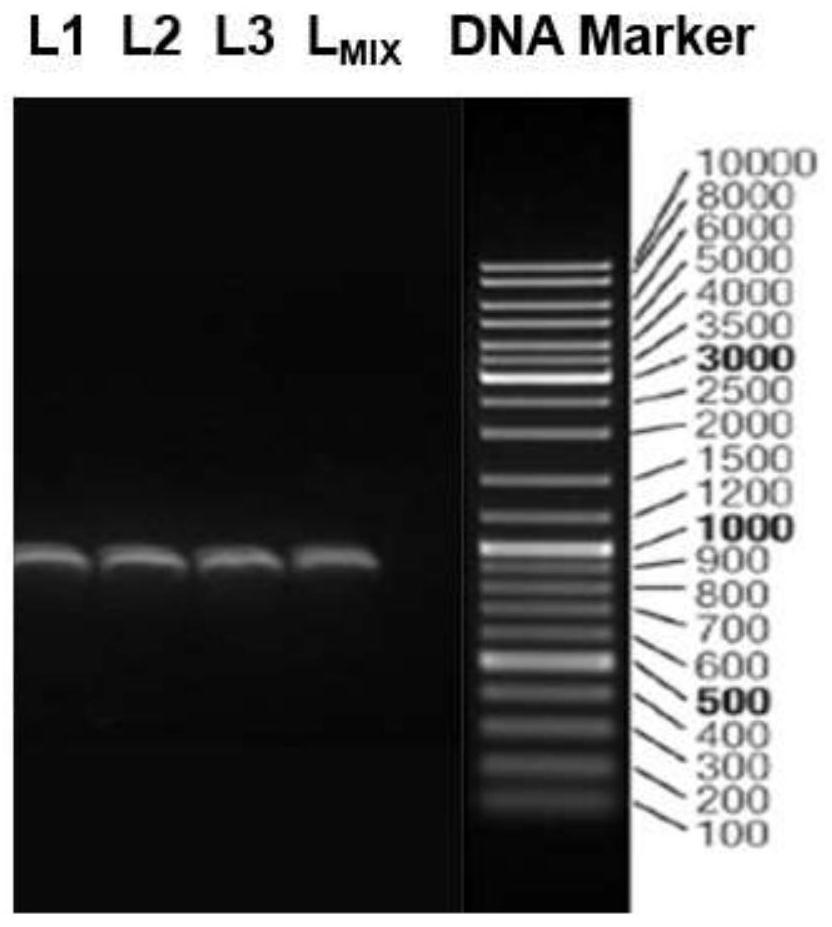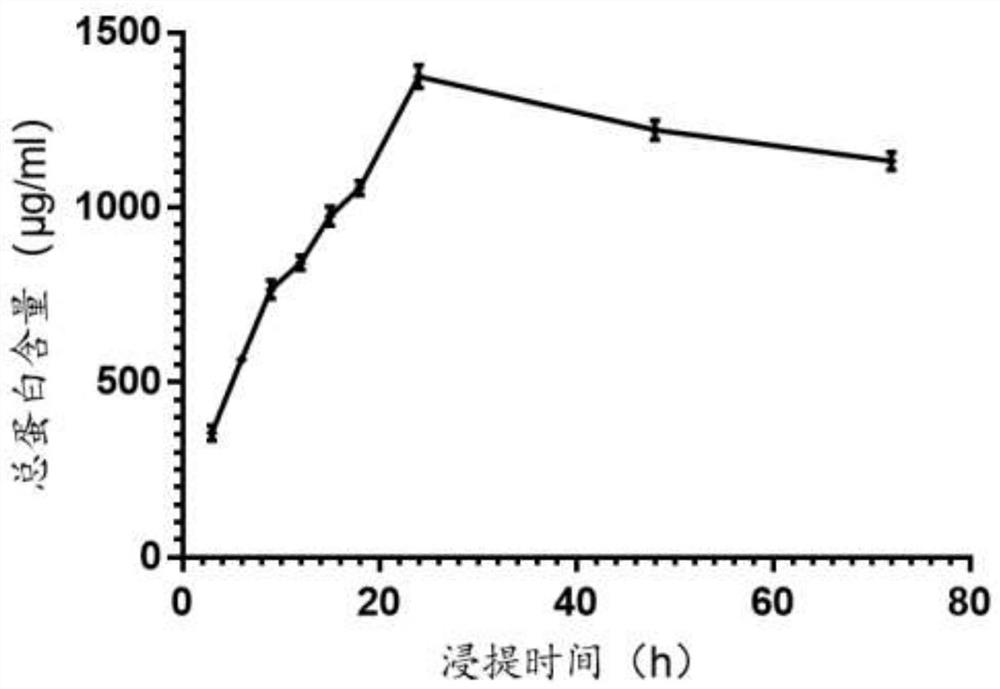A kind of ashwagandha pollen allergen extract, its leaching solution and preparation method thereof
An allergen and pollen technology, applied in the biological field, can solve problems such as uncertain components, lower positive rate, and poor stability, and achieve the effects of short cycle, improved stability, and high specificity
- Summary
- Abstract
- Description
- Claims
- Application Information
AI Technical Summary
Problems solved by technology
Method used
Image
Examples
Embodiment 1
[0067] Embodiment 1 Identification of ash pollen
[0068] Since the identification and purity of raw materials are extremely important for subsequent allergen diagnosis and therapeutic preparations, in this example, DNA-specific sequence detection and microscopic examination were used to perform dual identification and quality control of the raw materials of the white wax wax.
[0069] 1. Extraction of DNA from P. chinensis pollen
[0070] Tiangen rapid DNA extraction and amplification kit (Tiangen Biochemical KG203) was used.
[0071] Extraction method: Weigh 5 mg of C. chinensis pollen sample into a 1.5 mL centrifuge tube, add 100 μl of Buffer 1, grind the sample thoroughly with a disposable grinding pestle, add 100 μl of Buffer 2, shake and mix, and centrifuge at 12000 r / min for 5 min Then take the supernatant into a new centrifuge tube as a DNA template for future use.
[0072] 2. Primer design and synthesis
[0073] The primer sequences are as follows:
[0074] Fra IT...
Embodiment 2
[0089] Example 2 Determination of the important parameters of the key process steps of degreasing and leaching of the ash pollen
[0090] 1. Determination of the parameters of the degreasing process steps of the ash pollen
[0091](1) Degreasing treatment was carried out with C. chinensis pollen (g) and acetone (ml) at a weight-to-volume ratio (w / v) of 1:2. The fat content of different batches (different collection times) of C. chinensis pollen samples with different defatting times was tested to determine the optimal defatting time.
[0092] Haineng SOX500 fat analyzer was used to determine the fat content in C. chinensis pollen. By Soxhlet extraction and dry weighing, the changes in the weight of pollen before and after extraction were compared to obtain the corresponding fat content. Pollen quality control.
[0093] see the results figure 2 , it can be seen that after the acetone degreasing time is 30 min, the fat content hardly decreases with the extension of the degre...
Embodiment 3
[0104] Embodiment 3 Flos ash pollen raw material technology
[0105] 1. Pollen collection
[0106] Natural shedding method to collect ash pollen. Dry at room temperature or in a vacuum or fluid bed until the pollen no longer adheres. The dried pollen is passed through a 150-250-mesh sample sieve, preferably a 180-mesh sample sieve in this embodiment.
[0107] 2. Dry
[0108] Spread the pollen in a ventilated and dry place for natural drying, or vacuum drying, or fluidized bed drying for 6-48 hours, until the pollen no longer adheres.
[0109] 3. Degreasing
[0110] The above-obtained pollen (g) and acetone (ml) were subjected to degreasing treatment at a weight-to-volume ratio (w / v) of 1:5 to 1:1. In this embodiment, it is preferably 1:2. After stirring or shaking for 30 minutes, let it stand for stratification, and observe the clarity of the upper layer liquid. Pour off the supernatant, add new acetone, and repeat the degreasing until the supernatant is clear.
[0111...
PUM
 Login to View More
Login to View More Abstract
Description
Claims
Application Information
 Login to View More
Login to View More - R&D
- Intellectual Property
- Life Sciences
- Materials
- Tech Scout
- Unparalleled Data Quality
- Higher Quality Content
- 60% Fewer Hallucinations
Browse by: Latest US Patents, China's latest patents, Technical Efficacy Thesaurus, Application Domain, Technology Topic, Popular Technical Reports.
© 2025 PatSnap. All rights reserved.Legal|Privacy policy|Modern Slavery Act Transparency Statement|Sitemap|About US| Contact US: help@patsnap.com



